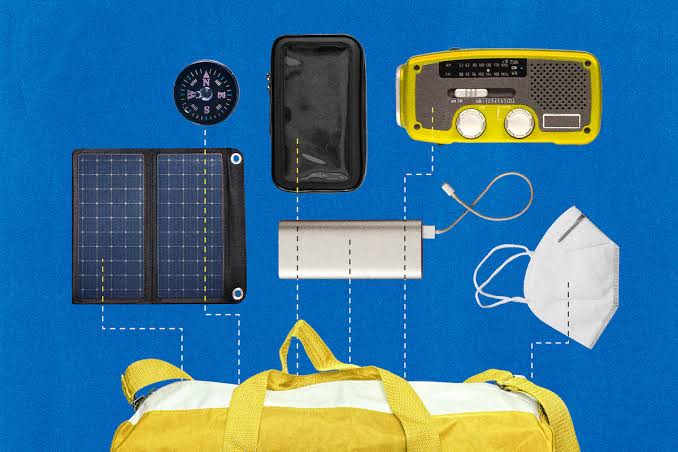Drone technology has evolved rapidly in the last decade, transforming aerial photography from a specialized and costly service into a widely accessible tool for professionals and hobbyists. As we move into the future, advancements in drone capabilities are set to redefine how photographers capture images from the sky. Innovations in AI, battery technology, camera systems, and autonomous navigation will shape the next generation of aerial imaging, offering unprecedented creative possibilities.
Advancements in Camera Quality
One of the most significant developments in future drone technology will be the continuous improvement in camera systems. Drones will feature higher megapixel counts, improved low-light performance, and enhanced dynamic range, allowing photographers to capture more detail and depth in every shot.
Upcoming drones are expected to include:
- 8K or higher video recording for ultra-high-definition content
- Larger image sensors for better color accuracy and detail
- Advanced optical zoom capabilities without compromising image quality
- AI-assisted stabilization to produce smoother footage even in windy conditions
These improvements will make drones a go-to tool for cinematic productions, real estate marketing, and professional landscape photography.
Integration of Artificial Intelligence
Artificial intelligence will play a major role in the future of aerial photography. AI-powered drones will be able to analyze scenes in real time, adjust camera settings automatically, and even suggest optimal shooting angles.
Potential AI applications include:
- Subject tracking with precision, even in crowded environments
- Automated obstacle detection and avoidance for safer flights
- Intelligent route planning to capture specific shots efficiently
- Real-time image enhancement during flight
By reducing the need for manual control, AI will enable photographers to focus more on creativity rather than technical adjustments.
Extended Flight Time and Battery Efficiency
One of the current limitations of drone photography is battery life. Future drones will likely benefit from advancements in battery technology, offering longer flight times and faster charging. Innovations may include solar-assisted charging and lightweight battery materials that improve efficiency without adding bulk.
Extended flight times will allow photographers to cover larger areas in a single session, making drones more practical for events, wildlife monitoring, and large-scale cinematic projects.
Improved Autonomy and Navigation
Autonomous flight capabilities are expected to advance significantly, allowing drones to execute complex flight paths with minimal human input. This will be particularly useful for professional photographers who need consistent shots over multiple sessions.
Possible improvements include:
- GPS-free navigation using advanced vision sensors
- Automated mapping of environments for repeated flight patterns
- Precision hovering for stable shots in challenging weather conditions
- Multi-drone coordination for simultaneous capture from different angles
Compact and Foldable Designs
As technology advances, drones will become more portable without sacrificing performance. Foldable designs with high-end camera capabilities will make it easier for photographers to carry their equipment to remote locations.
Smaller, lighter drones will also comply more easily with aviation regulations, expanding their usability for travel photographers and documentary makers.
Real-Time Data Transmission and 5G Connectivity
The introduction of 5G networks will revolutionize aerial photography by enabling ultra-fast, low-latency transmission of high-quality video feeds. This will allow real-time streaming of drone footage to clients, directors, or audiences without delays.
Benefits of 5G-enabled drones include:
- Instant sharing of aerial shots during live events
- Remote piloting from long distances with minimal lag
- Faster cloud backup for security and collaboration
Environmental and Safety Innovations
Future drones will integrate eco-friendly materials and noise-reduction technology to minimize environmental impact. Biodegradable drone frames and quieter propeller systems could make aerial photography less intrusive, particularly for wildlife documentation.
Enhanced safety features will also be standard, such as:
- Emergency landing protocols
- Advanced fail-safe return-to-home functions
- Geofencing to prevent entry into restricted zones
New Creative Possibilities
As drone technology advances, aerial photography will open new creative horizons. Professionals will be able to capture shots previously impossible due to technical or safety limitations.
Emerging creative applications may include:
- Coordinated light shows and aerial cinematography
- Immersive VR and AR experiences using drone footage
- Ultra-detailed 3D mapping for architecture and urban planning
Conclusion
The future of drone technology for aerial photography is poised to bring higher image quality, smarter automation, longer flight times, and enhanced safety. With AI, 5G, and improved portability, drones will become an even more powerful tool for photographers across industries. These advancements will not only expand creative possibilities but also make aerial imaging more efficient, sustainable, and accessible to a wider range of users.



